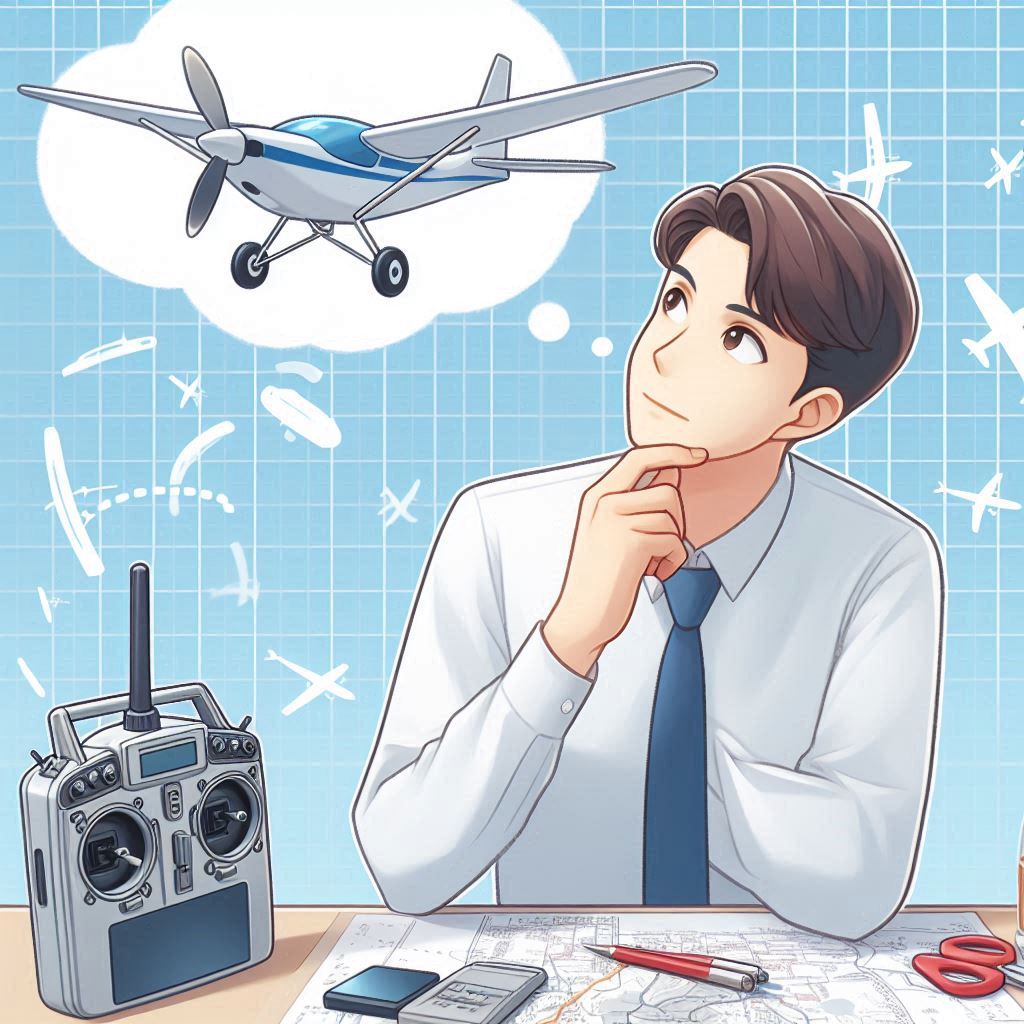
How to choose the perfect RC aircraft
Share
Selecting the right RC aircraft depends a lot on your skill level, interests, and the type of experience you're looking for. Here’s a breakdown of considerations based on skill levels:
1. Beginner
- Type of Aircraft: High-wing trainers, which are stable and easy to control. Examples include gliders and trainer planes with simple controls and durable builds.
- Power Source: Electric-powered planes are often best for beginners as they require minimal maintenance, and the battery life is generally predictable.
- Control Channels: Look for 2- to 3-channel planes to start. These cover basic controls such as throttle, rudder, and sometimes elevator.
- Material: Look for aircraft made from EPO foam or EPP foam. These are lightweight and can withstand crashes well.
- Extra Features: Look for self-stabilizing features or “beginner mode” on certain models. Many beginner RC planes come with gyroscopes or “safe mode” for smoother flights.
2. Intermediate
- Type of Aircraft: At this level, you can explore sport aircraft or scale models that offer a bit more speed and maneuverability.
- Power Source: Electric-powered planes are still great, but you may also consider gasoline-powered models if you're interested in longer flight times and more power.
- Control Channels: A 4-channel aircraft is ideal. This setup usually includes throttle, aileron, elevator, and rudder, allowing for more sophisticated flight maneuvers.
- Material: Intermediate RC planes are often built from more advanced foam composites or even balsa wood. While they may be less durable than beginner foam planes, they handle better in the air.
3. Advanced
- Type of Aircraft: Advanced users can choose aerobatic planes or warbirds that mimic real-world military planes, or even jet-powered models for more speed.
- Power Source: Many advanced pilots opt for gas or nitro-powered planes for greater realism and power.
- Control Channels: Advanced pilots usually prefer at least 5 to 6 channels to access complex controls like retractable landing gear, flaps, and auxiliary functions.
- Material: High-end composite materials like carbon fiber and fiberglass offer more strength and efficiency at this level, though repairs are more challenging.
Additional Tips
- Consider Flying Environment: Gliders are ideal if you’re in a large open field or area with some altitude. For smaller spaces, park flyers or indoor models work better.
- Read Reviews: Ensure you choose a well-reviewed model, especially if it’s your first purchase. Look at reviews for durability, ease of use, and battery life.
- Budget and Replacement Parts: RC planes vary widely in price. For your first few planes, aim for models that have easily accessible replacement parts.
